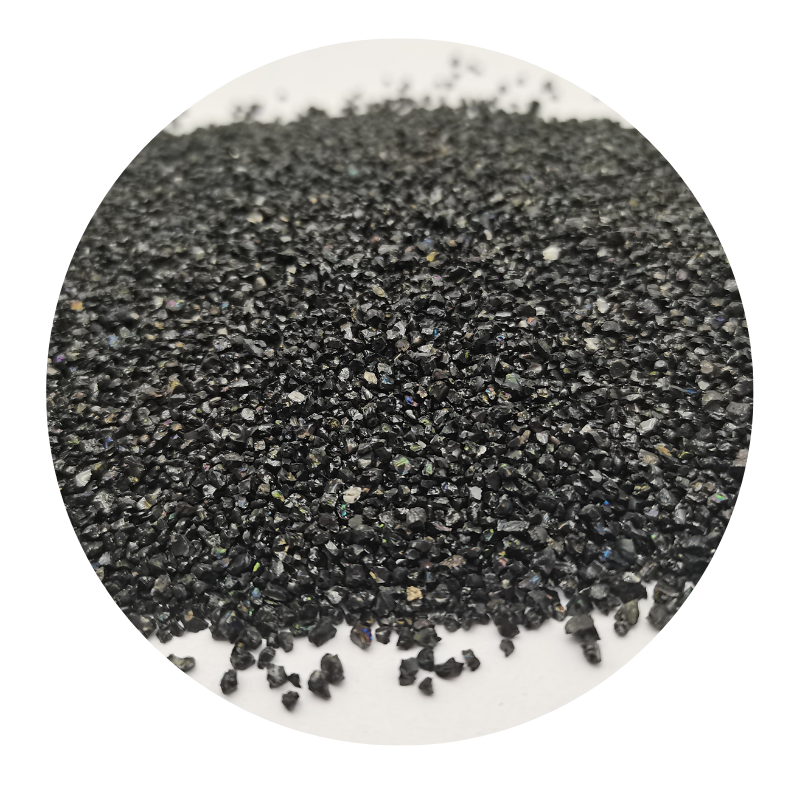
cultured stone mold
The Art and Application of Cultured Stone Molds
In the realm of construction and interior design, cultured stone has emerged as a popular choice for both aesthetic and practical purposes. Cultured stone, also known as manufactured or artificial stone, is a composite material that mimics the appearance of natural stone. One of the key elements in the production of cultured stone is the mold, which plays a crucial role in defining its shape, texture, and overall visual appeal.
Understanding Cultured Stone
Cultured stone is typically made from a mixture of cement, aggregates, and pigments, allowing for a wide range of colors and textures. Unlike traditional stone, which is quarried from the earth, cultured stone is produced in a controlled environment. This means that its quality can be consistently monitored, offering a level of reliability that natural stone sometimes lacks. Moreover, cultured stone is lighter and more versatile than its natural counterpart, making it an ideal choice for various applications, including exterior facades, interior walls, fireplaces, and landscaping features.
The Importance of Molds in Cultured Stone Production
The molds used in the manufacturing of cultured stone are paramount in determining the final product's characteristics. They can be made from a variety of materials, including silicone, plastic, or rubber, each offering distinct advantages and limitations. Silicone molds are particularly popular due to their flexibility and durability, allowing for intricate details and smooth finishes.
1. Customization and Variety
One of the most appealing aspects of cultured stone molds is the ability to create custom designs. Manufacturers can produce a vast array of textures and shapes, from rugged, weather-beaten slabs to smooth, polished finishes. This customization allows architects and designers to realize their specific visions, whether they are seeking a rustic ambiance or a modern aesthetic. The flexibility of cultured stone molds also means that they can be designed to replicate various natural stones, such as granite, limestone, or slate, providing an extensive pool of options for consumers.
2. Efficiency in Production
cultured stone mold

Using molds streamlines the production process of cultured stone. Once a mold is created, it can be reused multiple times, reducing waste and lowering costs. This efficiency not only makes cultured stone more affordable compared to natural stone but also helps in meeting the growing demand for building materials in an increasingly eco-conscious world.
3. Quality Control
Molds allow for tighter quality control during the production of cultured stone. Since the manufacturing process occurs in a factory setting, variables such as temperature, humidity, and raw material quality can be carefully monitored. This leads to a more consistent product that meets industry standards, significantly reducing the chances of defects, such as chips or cracks, commonly found in natural stone.
Applications of Cultured Stone
The versatility of cultured stone, enhanced by the use of molds, has opened up a range of applications across both residential and commercial sectors. In homes, cultured stone can be used as an accent wall, around fireplaces, or in outdoor living spaces, providing a warm and inviting atmosphere. In commercial settings, designers often use cultured stone to create striking facades, enhancing a building's curb appeal while offering superior durability.
Additionally, the lightweight nature of cultured stone makes it an excellent choice for renovations where adding heavy natural stone may not be feasible. Its ease of installation can significantly reduce labor costs, making it an attractive option for builders and contractors.
Conclusion
The cultivation of cultured stone through the use of molds represents a remarkable intersection of artistry and technology. The ability to produce custom designs consistently and efficiently has revolutionized the building and design industry. As more homeowners and professionals seek sustainable and versatile materials, cultured stone, shaped by innovative molding techniques, will undoubtedly continue to be a staple in modern architecture and decor. Whether you are considering a project in your home or embarking on a large-scale commercial venture, cultured stone molds bring a blend of beauty and functionality that is hard to match.
Share
-
Premium Pigment Supplier Custom Solutions & Bulk OrdersNewsMay.30,2025
-
Top China Slag Fly Ash Manufacturer OEM Factory SolutionsNewsMay.30,2025
-
Natural Lava Rock & Pumice for Landscaping Durable Volcanic SolutionsNewsMay.30,2025
-
Custom Micro Silica Fume Powder Manufacturers High-Purity SolutionsNewsMay.29,2025
-
Custom Mica Powder Pigment Manufacturers Vibrant Colors & Bulk OrdersNewsMay.29,2025
-
Custom Micro Silica Fume Powder Manufacturers Premium QualityNewsMay.29,2025






